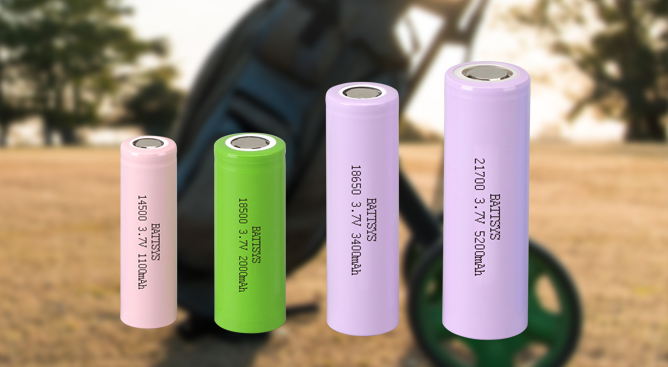Is overcharging and discharging of 18650 batteries harmful?
Overdischarging refers to the process of continuing to discharge when the voltage reaches the rated voltage. For example, a ternary lithium battery manufacturer's rated discharge voltage is 3.2V, and continuing to discharge below 3.2V is considered overdischarging. What are the hazards of excessive discharge on batteries?
After discharging the stored power inside the battery, if the voltage reaches a certain value, continuing to discharge will cause over discharge. Over discharge of the battery may have catastrophic consequences, especially for high current over discharge or repeated over discharge, which has a greater impact on the battery. Generally speaking, overdischarging can increase the internal pressure of the battery, damage the reversibility of the positive and negative active materials, decompose the electrolyte, deposit negative lithium, increase resistance, and even when charged, only partial recovery can be achieved, resulting in a significant decrease in capacity.

The important consequence of over discharge is the layered collapse of the negative electrode plate. When recharging, it limits the amount and convenience of lithium ions embedded in the negative electrode plate. The decrease in capacity, increase in internal resistance, and shortened lifespan cannot be restored.
Strictly speaking, charging the voltage of lithium-ion battery suppliers above the limit B (4.20V) is considered overcharging. However, overcharging also has its degree of severity. Generally, it is considered not overcharging below 4.24V, or "acceptable" micro overcharging.
When the lithium-ion battery supplier continues to overcharge with a charging limit voltage of 4.35V, the conclusion is not so optimistic. After the 50th cycle, the battery capacity was 480mAh, which is already 85% of the rated capacity. However, when I conducted normal cycling tests on this model of battery before, its capacity was still above 88% of the rated capacity after 150 cycles. It can be seen that overcharging seriously shortened the cycle life of the battery. Additionally, it should be mentioned that the overcharged battery has slightly bulged, with an original thickness of 3.84mm and a thickness of 4.25mm after 50 cycles
Due to the fact that voltages above 4.35V are not achievable for
lithium-ion battery suppliers with protected circuits, users often encounter moderate overcharging. Many unqualified battery chargers (often with nickel hydrogen and lithium-ion options) are the main culprits of overcharging.
So what does overcharging above 4.35V look like?
When conducting charging safety tests, I always remove the protective circuit of the battery and charge the lithium-ion battery supplier's core with a voltage of 5.0V.
The result is that after 3-4 hours, the battery swells severely,
And some of the unqualified battery cells have exploded.
Under an electron microscope, the negative electrode of a lithium battery cell has a layered structure, while the positive electrode is a pile of angular crystals with different shapes depending on the anode material.
The important consequence of over discharge is the layered collapse of the negative electrode plate. When recharging, it limits the amount and convenience of lithium ions embedded in the negative electrode plate.
The decrease in capacity, increase in internal resistance, and shortened lifespan cannot be restored.
Overcharging is even more terrifying!
The battery reaches a fully charged state. The negative electrode undergoes a lithium ion insertion reaction, which results in the deposition of lithium metal on the negative electrode surface. The solvent is oxidized (the heat released by solvent oxidation caused by overcharging is much higher than the heat released by the reversible reaction between lithium ions and solvent). As the battery temperature increases, reactions between metallic lithium and solvent, as well as lithium embedded carbon and solvent, occur successively, causing the battery to catch fire and explode. As the electrolyte decomposes, the binder can also react with lithium metal.
After overcharging, needle shaped lithium metal crystals are everywhere on the electrode, which can cause micro short circuits when piercing the diaphragm. Mild, exacerbating self discharge; In severe cases, the short-circuit current of crystal branches causes a sharp increase in battery temperature, and the electrolyte decomposes and vaporizes. In this situation, whether it is the high temperature causing the material to burn and explode, or the shell being first stretched and causing air to enter and undergo intense oxidation with lithium metal, it all ends in combustion and explosion.
